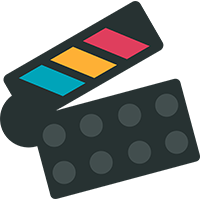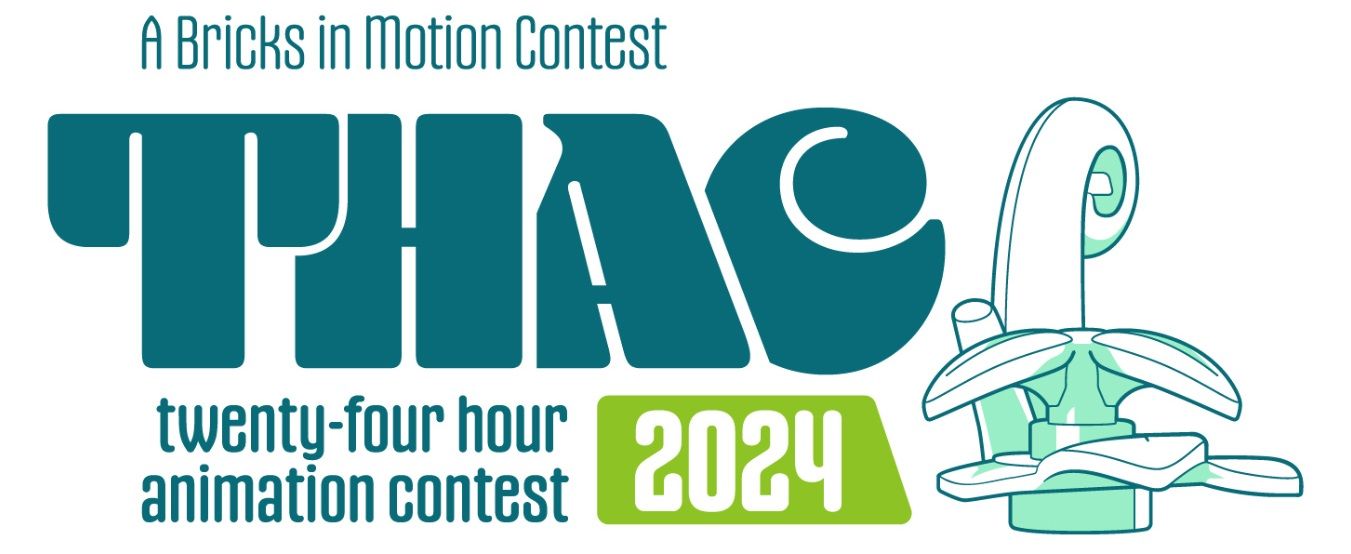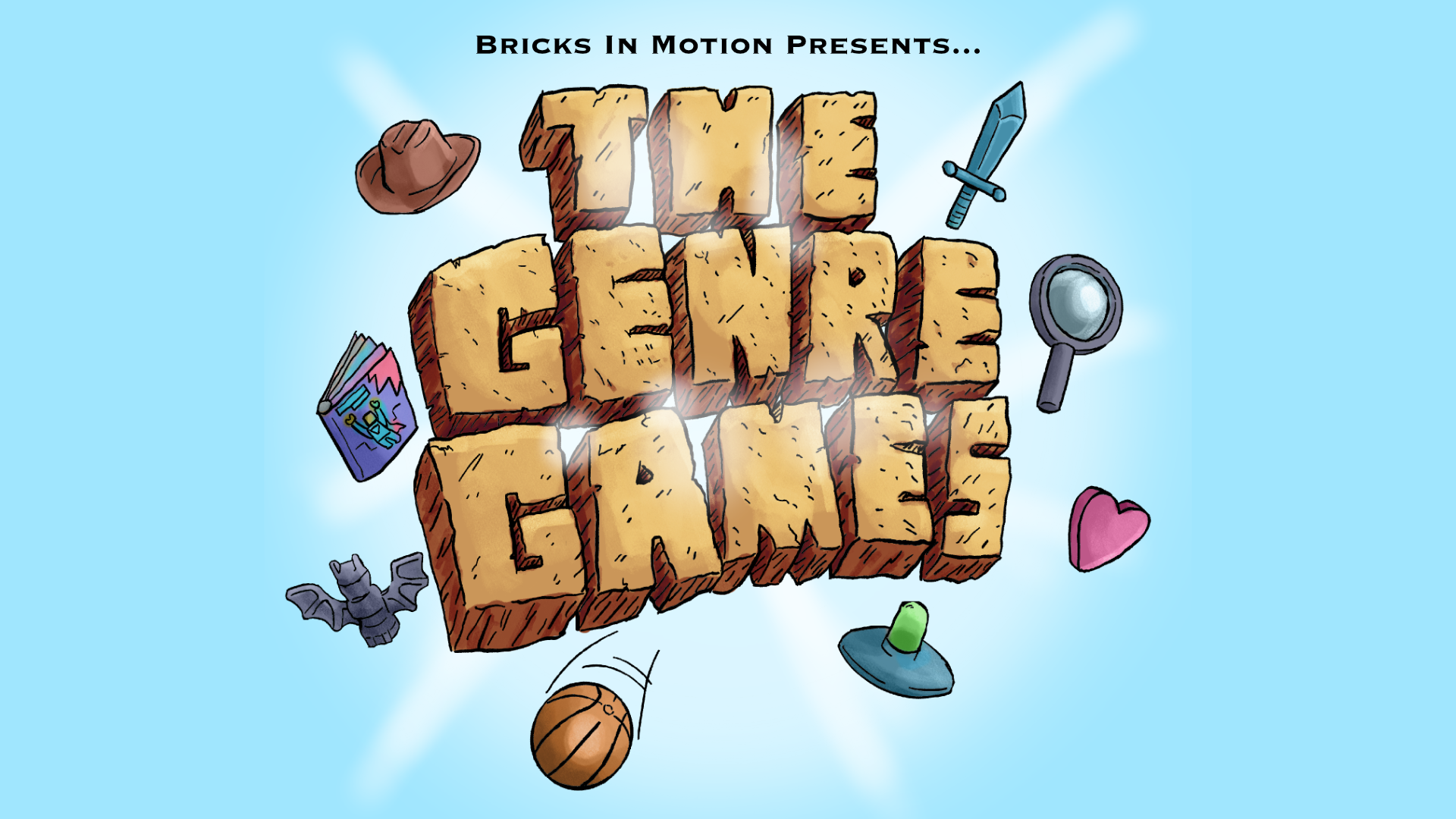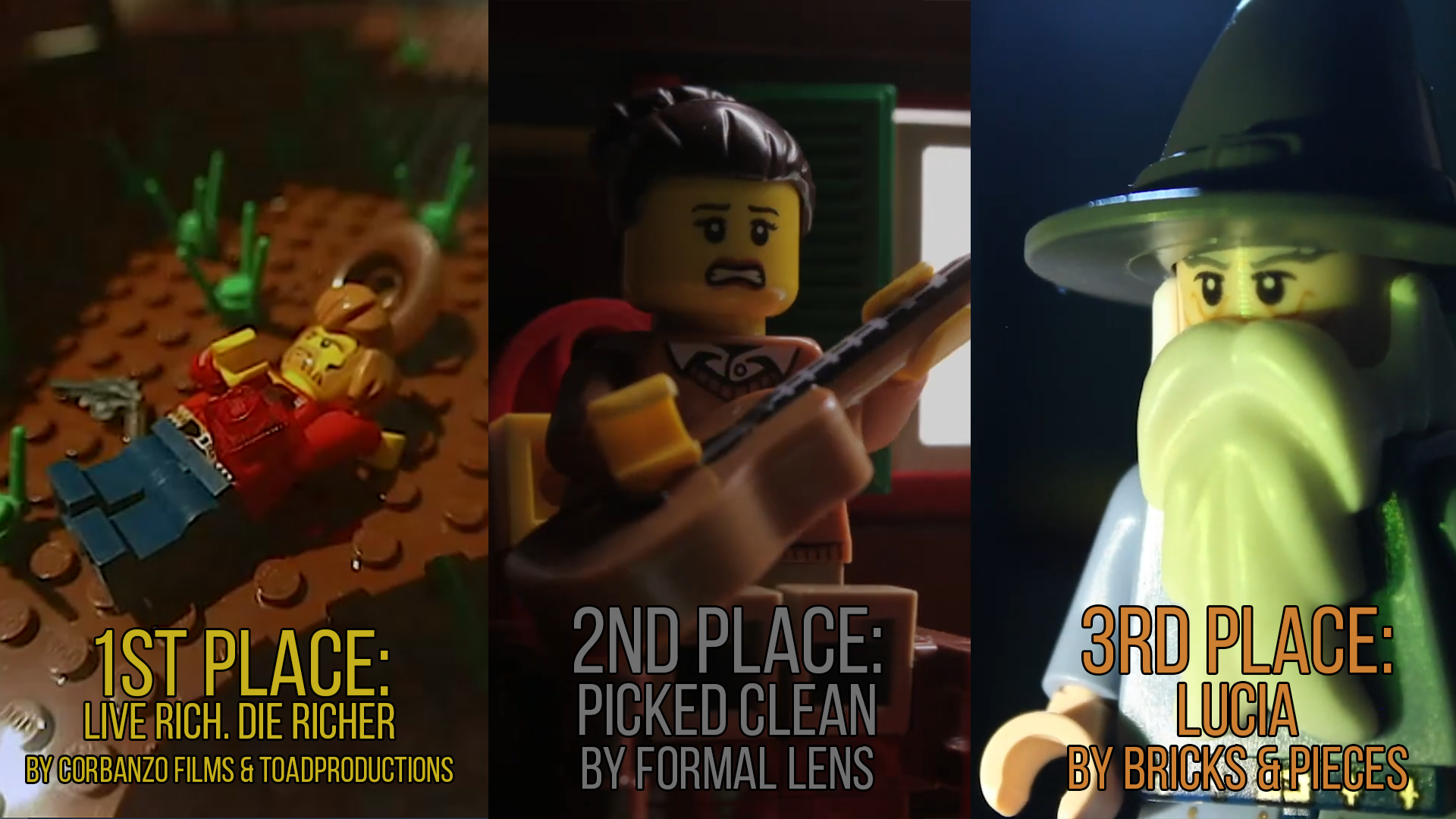Practice is the most important thing. With time, you'll get a nice feel for how it should be done.
Ease in and out as everyone else has said, just make sure it lasts several frames. As sometimes I'll make a movement take as much as five frames to ease out making it move less and less each frame, until in your last frame you move it in the absolute tiniest margin you can ever pull off. The extremely tiny movement at the end is one of the most important for making it seem extremely fluid. Also, any arm movement should last at least two frames, but preferably three. only use two for especially fast stuff, but with three you can have at least some easing in and out, but it shall still be fluid. A pull back movement usually works best as two frames, but for some situations, three may work, make sure the pull back is extremely slight, especially the last frame, and don't ease out quite as much in the movement before the pull-pack. Body movements are also nice, just make sure they're not two extreme, not unless they're saying something with great emotion or over-the-top-ness.
It's also important to make sure that the taking is different and changes; use a variety of methods for making them speak, as so to not make it look repetitive.
Here is a list of type of talking movements:
Arm raise: the most simple and straight forward. Usually works best with the body moving back, but sometimes move it forward. the speed, and height of the raise can be altered for different types of movements, and to fit dialogue better. It's also nice to sometimes add a slight twist of the wrist during the raise. You could also raise two arms at once.
Hand twists: sometimes, you may raise the hand and twist it around entirely. The is unrealistic, but it's good for being cartoon like. It can be vary easily over used, so do it rarely.
Body twists: you can rotate a minifigure slightly on its studs without actually taking it off. This can be used for some movements, I especially liked using it in How to Not Rob a Bank for Officer Johnnybob (the banana cop) who does a lot of ridiculous, over-the-top stuff using that along with some big arm movements. While doing these, make sure that the head rotates in a way so that it's always facing forward as the body rotates.
Double arm raise: Lift the arm, make it go down three frames, move it up three frames, then all the way down. Sometimes, do two frames instead of three for especially fast stuff, possibly four.
And that's all I have for now.
You'll be able to see a lot of my newer and improved 15 FPS talking in 'Bank' as that has a lot of talking, and I've heavily improved there from Pirates and Mailboxm though, some movements look a bit weird, it's still pretty great. Hopefully I'll get it out sometime.








